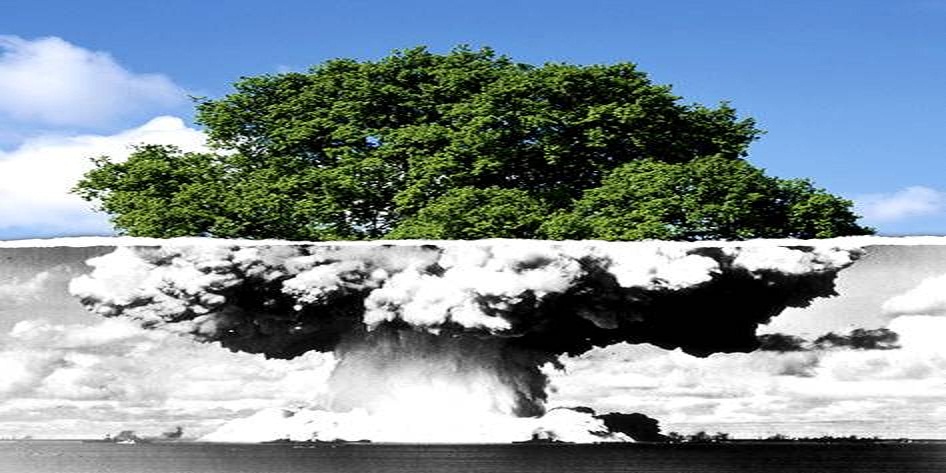Non-Burnable Poisons (part 6)
- Non-burnable poison is one that maintains a constant negative reactivity worth over the life of the core.
- While no neutron poison is strictly non-burnable, certain materials can be treated as non-burnable poisons under certain conditions–for example hafnium.
- The removal–by absorption of neutrons –of one isotope of hafnium leads to the production of another neutron absorber, and continues through a chain of 5 absorbers–resulting in along-lived burnable poison.
Non-Burnable Poisons (part 7)
1. It is possible to make the reactivity of a poison material that is usually a burnable poison more uniform over core life through the use of self-shielding.
2. In self-shielding the poison material is thick enough that only the outer layer of the poison is exposed to the neutron flux.
3. The absorptions that take place in the outer layers reduce the number of neutrons that penetrate to the inner material.
4. As the outer layers of poison absorb neutrons and are converted to non-poison materials, the inner layers begin absorbing more neutrons, and the negative reactivity of the poison is fairly uniform.
Fission Product Poisons (part 8)
1. Fission fragments generated at the time of fission decay to produce a variety of fission products
2. Fission products are of concern because:
–they become parasitic absorbersof neutrons
–Result in long term source of heat
3. Xenon-135 and samarium-149 have the most substantial impact on reactor design and operation
4. Both these poisons have impact on the thermal utilization factorandthus keff and reactivity

0 comments:
Post a Comment